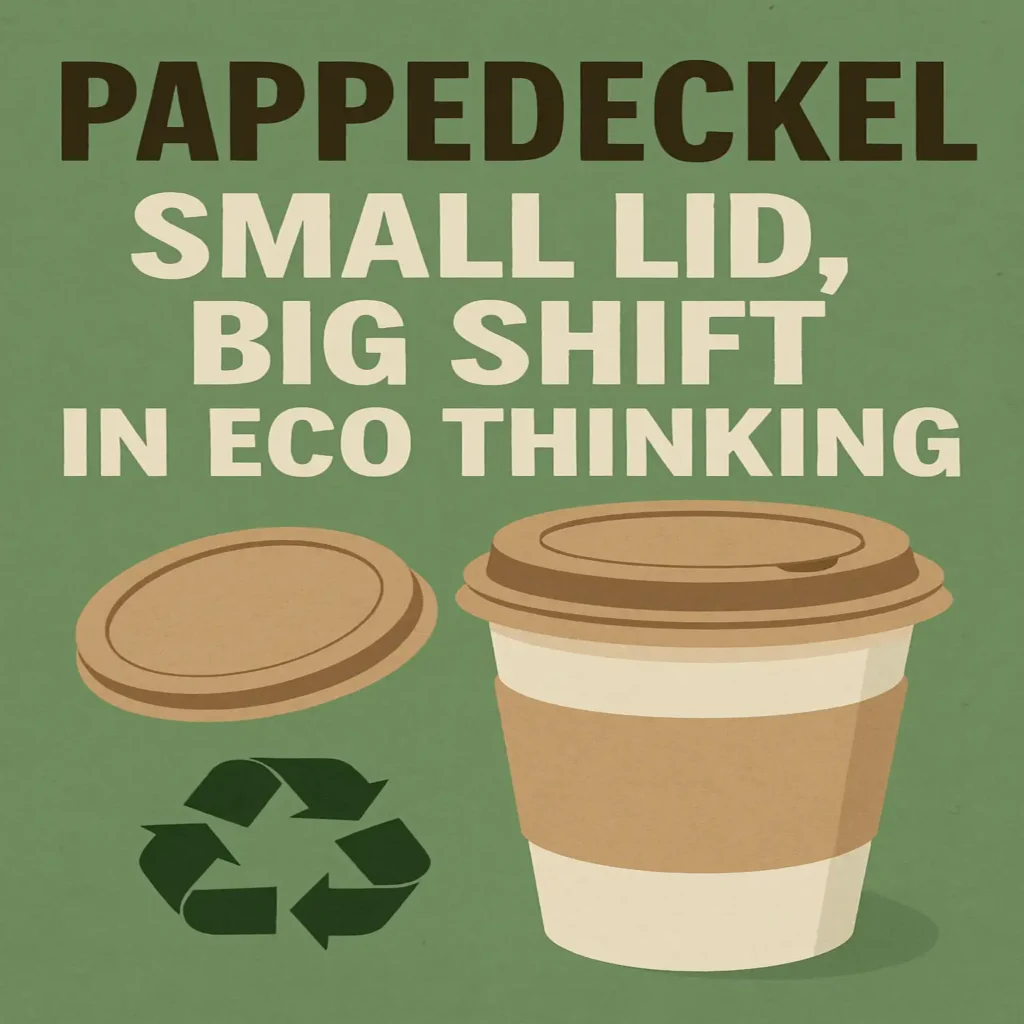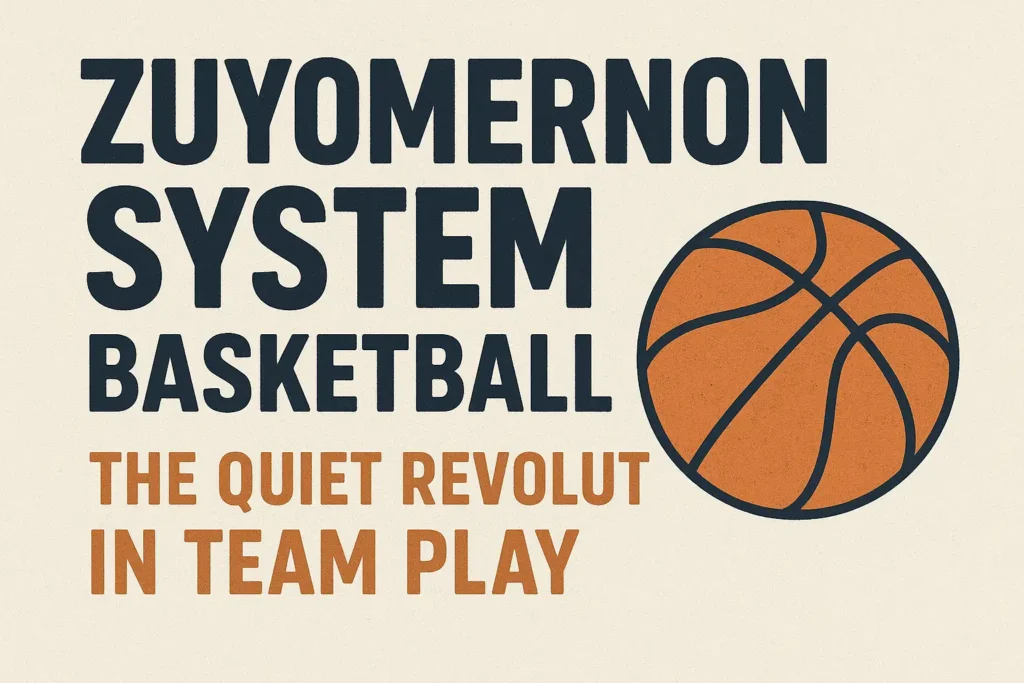
Pappedeckel: Small Lid, Big Shift in Eco Thinking
The Little Lid That Changed My Mind About Waste
Years ago, I grabbed a coffee at a train station in Berlin. The barista handed me my cup, sealed with what looked like a regular lid—only it wasn’t plastic. It was a Pappedeckel, a small cardboard disc. At first glance, it seemed unremarkable, even flimsy. But later, watching hundreds of cups tossed away that morning, I realized something: this tiny switch—plastic to cardboard—could represent one of the simplest yet most profound sustainability moves in modern consumer culture.
And that’s the thing about the Pappedeckel. It doesn’t scream innovation. It whispers it. But those whispers, collectively, are changing how we think about waste, responsibility, and the quiet power of small choices.
Rethinking Scale: Why Small Changes Create Big Ripples
We often think real change requires massive innovation—electric cars, solar farms, or sweeping legislation. But I’ve learned that the most enduring revolutions often begin with small, tangible adjustments.
The Pappedeckel is a perfect example. A single café replacing 10,000 plastic lids a month with cardboard alternatives prevents roughly 25 kilograms of plastic from entering landfills annually. Multiply that by thousands of cafés worldwide, and suddenly a “minor tweak” turns into a systemic shift.
It’s a reminder that in sustainability, scale isn’t just about size—it’s about repetition. Tiny acts, repeated millions of times, carry enormous weight.
More Read: Lifestyle
The Psychology Behind the Pappedeckel’s Appeal
Let’s be honest—most people don’t wake up excited about compostable materials. We’re wired for convenience. But when a sustainable product doesn’t ask us to change our habits, it wins by stealth.
That’s the genius of the Pappedeckel. It fits the existing behavior loop—same coffee, same lid action, just less guilt. It’s sustainability disguised as normalcy.
I remember a café owner telling me, “Customers don’t even notice the change until I tell them.” And that’s exactly the point. Environmental shifts that require no friction are the ones that stick.
How Design Became the Silent Hero
If you’ve ever held a soggy cardboard lid, you might doubt its practicality. But here’s the catch: modern Pappedeckel design is an engineering story disguised as simplicity.
Manufacturers use layered, moisture-resistant paperboard and heat-pressing methods that ensure durability without chemical coatings. Think of it as origami meets thermodynamics—delicate but sturdy.
It’s proof that good design isn’t about loud innovation. It’s about making sustainability invisible yet effective. When design supports the environment and user experience seamlessly, that’s when it truly wins.
ReLated More: Discoveries
The Economics of Going Green (Without Losing Your Shirt)
Whenever I talk to small business owners about eco-swaps, the first question is always: “But what will it cost me?” And it’s a fair one.
Initially, Pappedeckel lids can be pricier than plastic—by a few cents per unit. But over time, they pay dividends in brand perception and loyalty. Today’s consumers vote with their wallets. They notice when businesses make values-driven decisions, even in the small stuff.
A German bakery chain I consulted with saved over €8,000 in brand campaign costs simply by switching to fully compostable Pappedeckel lids and highlighting it in-store. The sustainability effort became the marketing.
Look, in an era where authenticity sells, doing good and doing well are no longer opposites.
The Supply Chain Shift: Cardboard as the New Plastic
Here’s what most people miss: the Pappedeckel movement isn’t just about cups—it’s part of a broader material revolution. Paperboard manufacturers are investing in renewable sourcing, energy-efficient production, and local distribution to reduce emissions.
That means every time a business opts for cardboard lids, they’re supporting a cleaner supply chain, not just a cleaner product.
And this matters more than you might think. Supply chains are the hidden engines of climate impact. When they shift toward renewable inputs like Pappedeckel materials, the ripple effect extends far beyond the counter at your local café.
The Emotional Weight of Waste
I’ll be candid—there’s an emotional component to this too. Every time I toss a plastic lid into a bin, there’s that twinge of guilt. It’s like an itch you can’t quite scratch.
The Pappedeckel doesn’t erase that feeling entirely, but it softens it. It turns the act of consumption into something less burdensome. And that emotional shift—however subtle—matters more than data tables or recycling stats ever could.
Because real sustainability isn’t just logistical. It’s psychological. We’re more likely to keep doing good when it feels good.
What Big Brands Are Quietly Learning
Watch closely, and you’ll notice major beverage chains experimenting with eco-lids. Starbucks, Costa, and countless regional roasters are testing materials and design tweaks inspired by the Pappedeckel’s efficiency.
But here’s the twist: this isn’t about PR. It’s about future-proofing. Regulations are tightening, consumers are watching, and plastic bans are spreading across Europe and Asia.
Brands that adapt early aren’t just “being green”—they’re hedging risk. The Pappedeckel is their low-stakes training ground for the bigger environmental battles ahead.
When Simplicity Becomes Strategy
There’s something beautifully ironic about the Pappedeckel’s rise. In a world obsessed with complex solutions—AI-driven recycling systems, blockchain traceability—it’s the humble paper lid that’s quietly stealing the spotlight.
Why? Because it’s simple, scalable, and symbolic. It tells a story businesses can stand behind without grandstanding. It says, “We care, and we’re acting,” without the glossy campaigns or hollow slogans.
Sometimes, the smartest move isn’t inventing something new—it’s rethinking what’s already in your hand.
The Quiet Legacy of a Cardboard Circle
So here we are, years after that coffee in Berlin, and I still think about that small lid. The Pappedeckel isn’t a technological marvel. It won’t headline sustainability conferences or appear in glossy ESG reports. But it represents something purer—a shift in mindset.
It reminds us that the path to a greener world isn’t paved with grand gestures, but with quiet, consistent choices. And those choices, multiplied across millions of cups, conversations, and companies, are exactly what will turn the tide.
In the end, it’s not the size of the innovation that matters—it’s the sincerity behind it. And in that sense, the Pappedeckel’s impact is anything but small.
Keep Reading: Trending Now

Responses